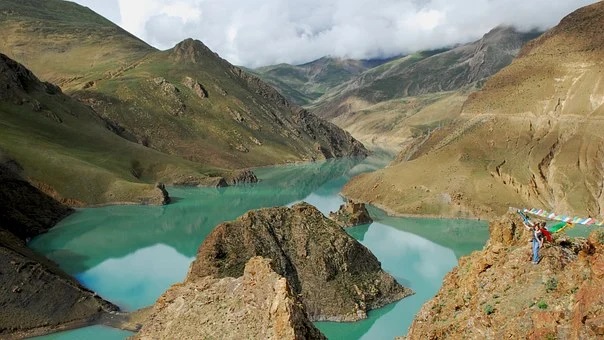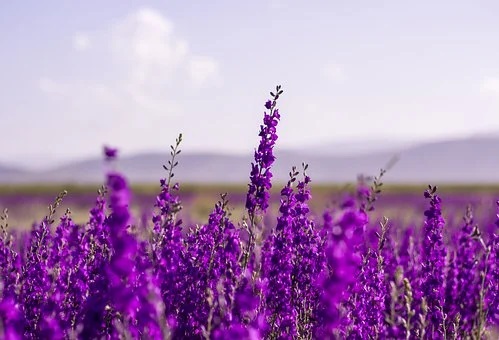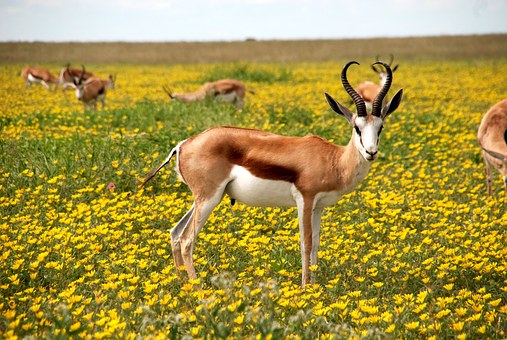Sakyamuni Buddha also indicated: If a monastic does not have greed and can easily, without much effort, come into ownership of a lavish piece of clothing worth 100,000 Kārshāpanas (the ancient Indian coin, about 8.8 grams of silver in weight, roughly 30 RMB in current value), the Buddha would also allow the monastic to wear the apparel. Can you imagine what kind of clothing it is?
In other words, a Buddhist practitioner need not necessarily eat poorly and dress poorly, or think he or she must refrain from using the good things in life. This would also be a form of attachment. The main point is not to develop greed for these things.
The whole purpose of bringing this up is to say Buddhism is not pessimistic. Although the Buddha exhorted his followers to be content with few desires, it does not mean one must live a life of austerity. Most importantly, one should seek meaning in life through liberation, not through the pursuit of worldly pleasures.
~Depicted from THE FOUR SEALS OF DHARMA - The Practice of Suffering











